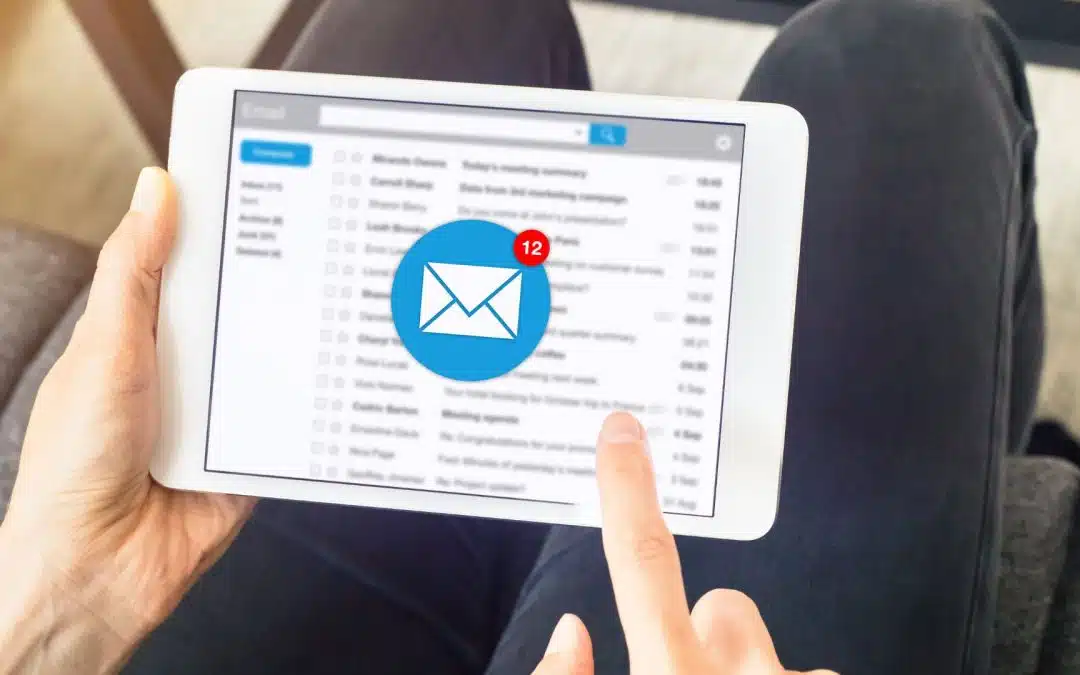There’s an art to maintaining effective communication, especially in the digital world. One of the pillars of efficient communication? Email. Trivial as it may seem, an email follow-up sequence can make or break your business communication.
In this article, we’ll walk you through the essentials of crafting a compelling email follow-up sequence, one that not only maintains effective communication with your audience but also drives real results – promising higher email open rates, responses, and customer engagement.

What is an Email Follow-Up Sequence?
An email follow-up sequence refers to a series of emails sent at strategically planned intervals to maintain contact with your audience or customers. Whether you’re running an eCommerce business, a local small business, or a multi-national business, an effective email follow-up sequence offers you the chance to create deeper engagement with your prospects or keep your current users informed and interested.
The Importance of Email Follow-Up Sequences
-
Strengthening Relationships: Establishes a consistent communication channel with your audience or clients, fostering trust and loyalty.
-
Heightening Awareness: Keeps your brand or service top-of-mind.
-
Boosting Engagement: Encourages action–whether that’s responses, click-throughs, or purchases.
-
Reducing Abandoned Carts: In eCommerce settings, planned follow-up emails can result in recovered sales by reminding customers about their uncompleted purchase.
Crafting your Email Follow-up Sequence: The Essential Steps
Below is a detailed step-by-step guide to crafting an effective email follow-up sequence.
Step 1: Determine your Goals
Identify clear and specific goals for your email sequence. Is your objective to drive higher email responses, motivate readers to click through to your latest blog post, recover abandoned carts, or build stronger customer relationships?
Callout: “An effective email sequence starts with a clear objective.”
Step 2: Map Out your Sequence
Sketch out a framework for your email sequence, complete with timings for each episode. Consider the appropriate time gap between individual emails, ensuring frequency without overwhelming your subscribers.
Step 3: Develop Captivating Content
This step involves creating personalized, engaging, and value-packed contents for your emails. Each should have a clear purpose, driven by your set goals. Ensure your subject lines are compelling enough to induce clicks, and body content meaningful enough to resonate with your readers.
Step 4: Test and Refine
Constant evaluation is key. Assess your email opens, click-throughs, responses, and other relevant metrics. Refine your email sequence as necessary based on the insights gained from these statistics.
Crafting Captivating Email Content
Now that we’ve discussed the skeleton of an effective email follow-up sequence let’s delve into how to flesh it out – crafting compelling email content.
The ‘Goldilocks’ Principle: Finding the Perfect Email Length
Studies show that emails containing between 50 to 125 words yield the highest response rates (source: Boomerang). Keep your emails concise, clear, and focused for optimal results.
The Subject Line Craft: Hook, Line, and Sinker
A catchy, intriguing subject line can significantly increase your email open rates. Add a touch of personalization or curiosity-spiking phrases to pique interest.
The Body: Balancing Information with Engagement
The email body should be a blend of valuable information and engagement. Feel free to add relevant anecdotes or humor to maintain a friendly, relatable tone.
Conclusion
Crafting an effective email follow-up sequence may seem like a daunting task but with a clear blueprint, it’s an achievable feat. It’s all about understanding your audience, delivering value, and maintaining consistency. With these simple steps, you’ll be on your way to creating an impactful email sequence that promises real results.
So now, the question remains: are you ready to unlock the power of email and create that effective email follow-up sequence?

